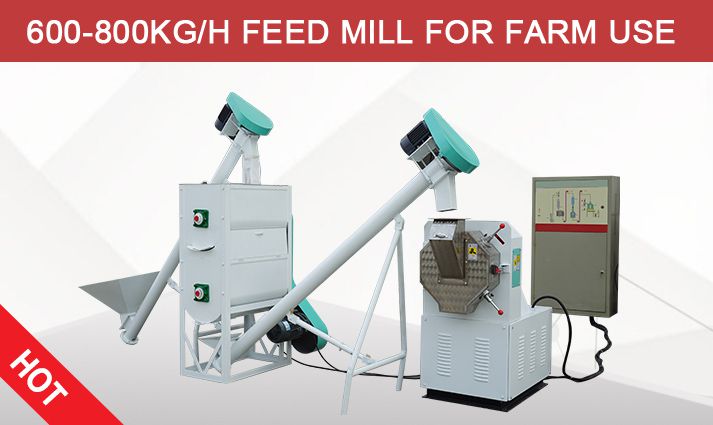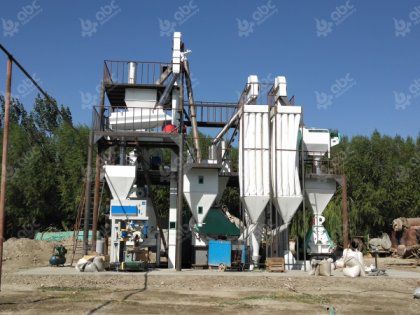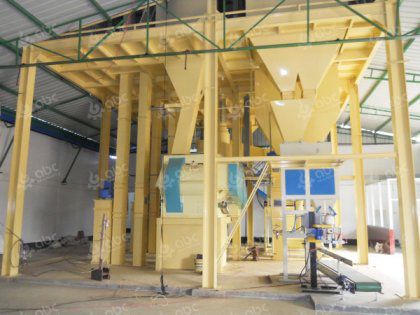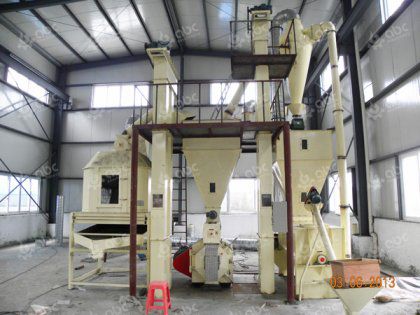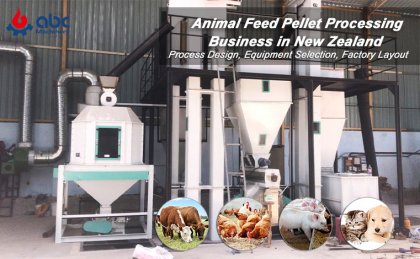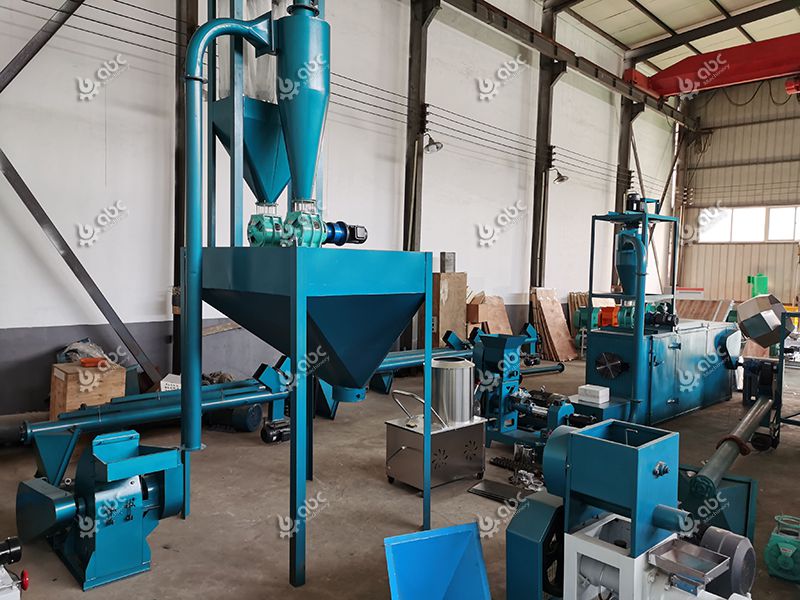Are you struggling to find the best feed pellet production equipment for your animals? Whether you’re raising chickens, dairy cows, poultry, or fish, providing high-quality feed is crucial for their healthy growth and optimizing your farming management processes.
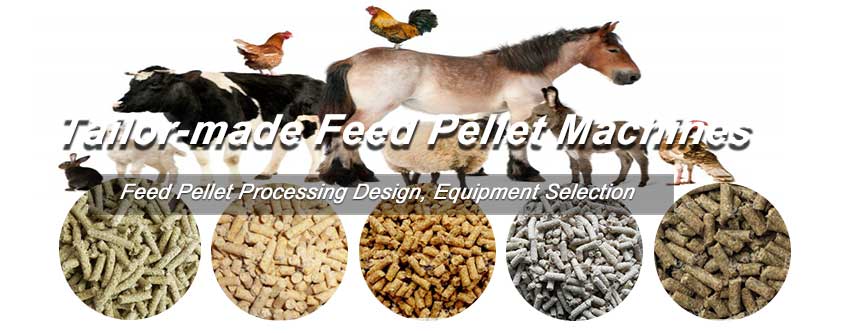
Choosing Right Feed Pellet Prodcution Machines
In this column, we’ll explore how you can choose the right equipment to produce superior animal feed, tailored to the specific needs of your livestock. With the expert guidance from ABC Machinery, you'll be well-equipped to make informed decisions and enhance your feed mill operations for various animals.
- Chicken Feed Pellet Machines: A Big Help Poultry Farms
- Rabbit Feed Pellet Mill Benefits and Profits
- Sheep Feed Pellet Mill: Your Ideal Choice
- Poultry Feed Making Plant Composition
- Cattle Feed Pellet Mill for Sale
- Pig Feed Pellet Machines: Make Nutrition-Balanced Feed
- Dairy Cow Feed Making Machines丨Efficient Methods
Feed Pellet Production Equipment: Commonalities and Differences for Different Animal Needs
In the livestock industry, animal feed processing equipment is essential for producing high-quality feed. While feed equipment for different animals varies in certain aspects, there are also significant commonalities in basic processes and functions. Here, we reveal the similarities and differences in feed pellet processing equipment:
-
Similarities – Efficient Feed Production
1.Basic Process Flow: All feed pellet production equipment follows the basic process flow of raw material reception, storage, crushing, mixing, pelleting, cooling, and packaging. For example, a standard feed grinder for poultry and pigs can handle 1-3 tons of raw material per hour, ensuring uniformity and processability of the raw materials.
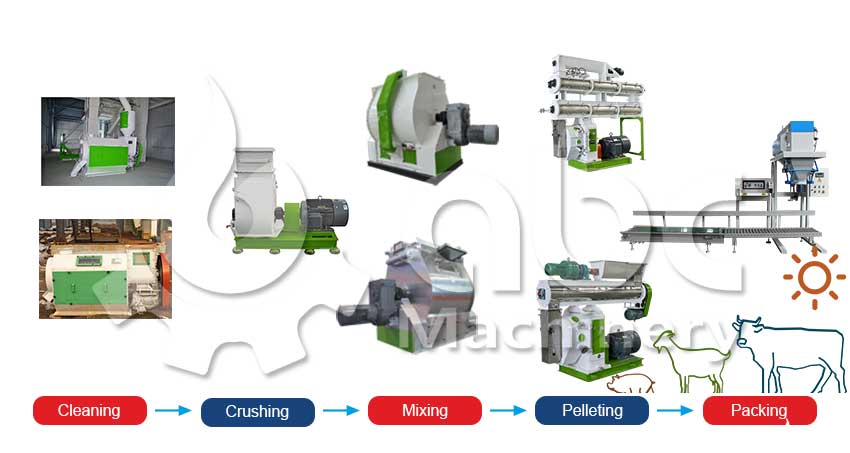
Common Feed Pellet Processing Flowchart and Machines
2.Mixer for Nutritional Balance: A mixer is an indispensable piece of equipment in feed production, capable of mixing different types of raw materials according to specific ratios to ensure nutritional balance in the feed. The mixing uniformity typically reaches over 95%, which is crucial for maintaining feed quality.
3.Cooler: In certain cases, such as after pelleting, the feed needs to be cooled using a cooler to lower the temperature and improve storage stability. The efficiency of the cooler directly affects the final quality and shelf life of the feed.
4.Automated Control Systems: Modern feed processing equipment is usually equipped with automated control systems that can automatically adjust the proportions and processing parameters of raw materials according to preset formulas, ensuring continuity and consistency in the production process.
5.Quality Monitoring: All types of feed pellet production equipment require quality monitoring systems, such as moisture content detection and pellet uniformity checks, to ensure the final product meets nutritional and safety standards.
-
Differences – Equipment Selection and Process Optimization
1.Raw Material Handling and Grinder Selection: The handling of raw materials may vary for different animals, requiring appropriate feed grinders based on the hardness, moisture, and type of raw materials. For instance, data shows that corn can constitute up to 60% of poultry feed, while roughage can exceed 50% in ruminant feed. Ingredients like corn and soybean meal need high-efficiency grinders to achieve the suitable particle size, ensuring efficient subsequent mixing and digestion. High-fiber feed for ruminants may require specially designed grinders to maintain fiber integrity while achieving adequate grinding results.
2.Formulation Customization and Mixer Selection: The complexity of the formulation and the nutritional needs of animals determine the type and capacity of mixers. Different animals and growth stages require different nutritional components, necessitating equipment that can adjust raw material proportions and processing parameters according to specific formulas. Precise mixers ensure that various ingredients are evenly mixed in the required ratios to meet the nutritional needs of poultry or livestock. For example, broiler feed may require a high proportion of protein and energy ingredients, whereas dairy cow feed needs more minerals and vitamin supplements.
3.Customized Processing Techniques: Feed processing techniques vary for different animals. For example, fish feed may require specific floating pellet technology, while pig feed may need particular hardness and digestibility characteristics.
| Animal Type | Feed Type | Processing Technique | Applicable Situation |
|---|---|---|---|
|
Poultry |
Mash Feed |
Crushing, Screening, Mixing |
Starter feed for chicks and laying hens, easy to digest |
|
Pellet Feed |
Crushing, Mixing, Pelleting, Cooling |
Growing and laying period for broilers and laying hens, improves feed utilization |
|
|
Livestock |
Roughage |
Cutting, Crushing, Mixing, Pelleting, Cooling |
Suitable for all growth stages, provides fiber and energy |
|
Concentrate Feed |
Crushing, Mixing |
Suitable for lactation and fattening periods, supplements nutrition |
|
|
Aqua |
Floating Feed |
Crushing, Mixing, Pelleting, Extrusion |
Surface-feeding fish, such as carp, promotes rapid growth |
|
Sinking Feed |
Crushing, Mixing, Pelleting |
Bottom-feeding fish, such as crucian carp, suited to their feeding habits |
|
|
Pet |
Dry Feed |
Crushing, Mixing |
Suitable for adult pets, meets daily nutritional needs |
|
Wet Feed |
Mixing, Emulsifying |
Suitable for young or elderly pets, easy to digest and absorb |
If you want to learn more about feed pellet production equipment and the specific feed mills needed for different animals, please feel free to consult ABC Machinery for detailed information!
4.Equipment Scale and Capacity: The scale of different animal farms varies, leading to different capacity requirements for feed processing equipment. Large farms may need high-capacity, high-efficiency equipment to meet production demands, while smaller farms might prefer small or medium-sized equipment, emphasizing multifunctionality and flexibility.
5.Special Features: Some animal feed processing equipment may have special features. For example, rabbit feed processing might require the addition of specific herbs to provide necessary fiber, while pig feed production equipment might need to add specific enzymes to improve digestibility.
By understanding these commonalities and differences, feed producers can better select the appropriate equipment to meet the feed production needs of different animals while ensuring feed quality and efficiency. This not only helps to improve animal health and production performance but also optimizes farming management processes, reduces production costs, and enhances both economic and social benefits.
If you want to learn more about feed pellet production equipment and the specific feed mills needed for different animals, please feel free to consult ABC Machinery for detailed information!


